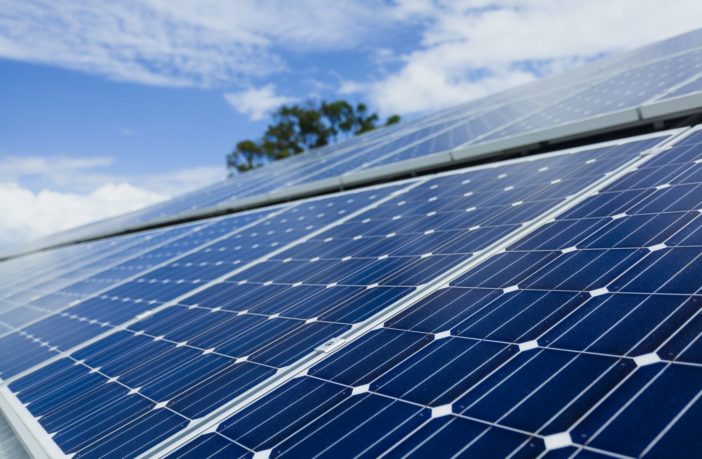According to global solar Pv analysts, Energytrend, the solar module price volatility experienced in 2018 will subside in Q1 2019. Lasts years price rollercoaster ride was influenced mainly by Section 201 and 301 of the US Trade Act, the “531 New Policy” from China, the safeguard tariff in India, and the termination of MIP undertaking in the EU.
According to Energytrend prices are expected to remain stable leading up to the Chinese New Year in February 2019. The demand for solar panels has slowed in China but increased abroad, Energytrend reports. The recent price ranges recorded are as follows:
- Polycrystalline modules range between US 0.207/W and US 0.265/W, with the average price rising slightly to US 0.214/W .
- Monocrystalline, high-efficiency modules, the price remained in the US 0.265-0.380 range, with the average rising slightly to $0.277.
- The price for 310 W PERC modules is stable at $0.28-0.30/W.
According to EnergyTrend, 2019 can be summed up in 5 major trends that signal a potential recovery for the industry as it becomes more mature.
Demand Will Reach a New High in 2019 – In 2019, with the momentum from the industry’s encouraging policies and more competitive product prices, the worldwide demand in the PV market is likely to continue to increase. In particular, the demand in the EU will see the most growth, which will possibly surpass 50%. The new grid-connected capacity is expected to reach a new high at 111.3GW, with an increase of 7.7% YoY, in 2019.
The Number of Gigawatt (GW) Level Markets Will Rise to 15 in 2019 – At present, China and the US are still the top 2 markets, while India has become the third biggest one since 2017, followed by Japan. Emerging markets such as Southeast Asia, North Africa, the Middle East, and Latin America started weighing in in 2018. The demand in the Middle East in 2018 is expected to grow by around 100% YoY and it will go further up in 2019 with another growth of around 50% YoY. The worldwide market size will begin to stabilize from 2019. Among all markets, India is the most likely to foresee a larger growth in demand.
The Upstream Industry Will Become More Concentrated, and Mono-Si Will Take the Lead –According to EnergyTrend’s Supply Database, the top 5 Chinese polysilicon suppliers are anticipated to release new capacity in 2Q19 and they will by then contribute up to 70% of the overall worldwide supply.
Capacity of Bifacial Product Surges, while Efficiency of P-PERC Cell Continues to Improve – Bifacial PV cell processing technology is currently quite mature. It can now create more power without incurring extra costs; in other words, it can bring more revenue. Thus, the overall capacity of bifacial PV cell has kept increasing and is estimated to reach around 40GW in 2019, with a large part of the growth coming from bifacial mono-Si PERC cells.
In terms of performance, the conversion efficiency of mono-Si PERC cells still has some room for improvement. EnergyTrend anticipates that the average efficiency of mono-Si PERC cells will rise to 22% in 1H19 and to 23% by the end of 2019 as the adoption of more technologies. As the growth of mono-Si PERC will limit the overall development of the next generation N-type product, its capacity will only increase slightly in 2019.
Levelised Cost of Energy (LCOE) Becomes Benchmark for Price Drop in Module Sector – With the PV supply chain’s prices constantly dropping, the PV industry is expected to grow further and will be approaching grid parity with less and less subsidies. The penetration rate of subsidy-free projects and the actual LCOE will become crucial references for suppliers’ pricing strategies.
Author: Bryan Groenendaal
Are you an EPC or IPP servicing the African Market? Are you looking for a high quality solar module manufacturer that offers competitive prices? Risen Energy is Top 10 Tier 1 solar panel manufacturer that offers a 12 year factory warranty. Delivery to any country in Africa. Read more












